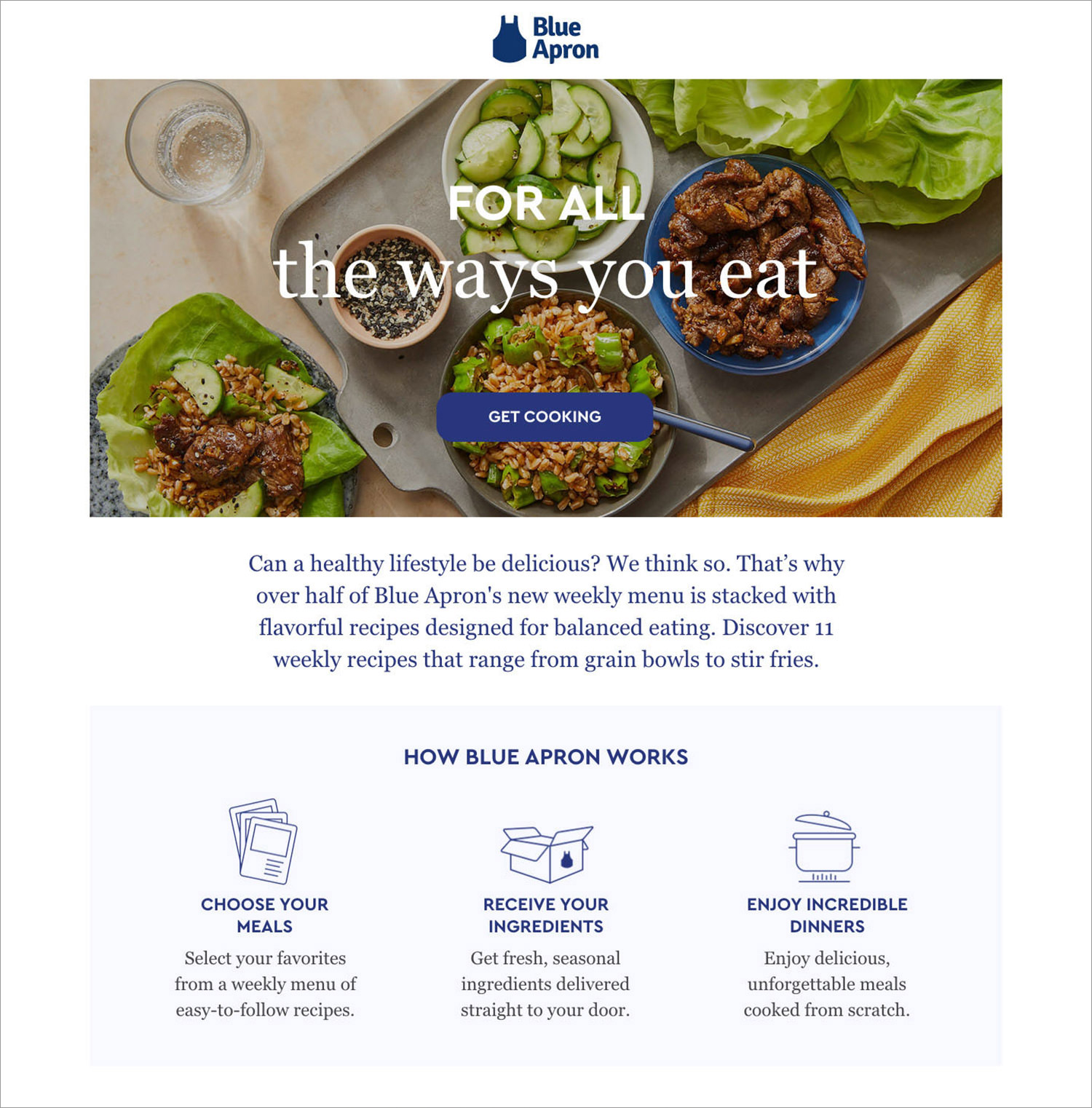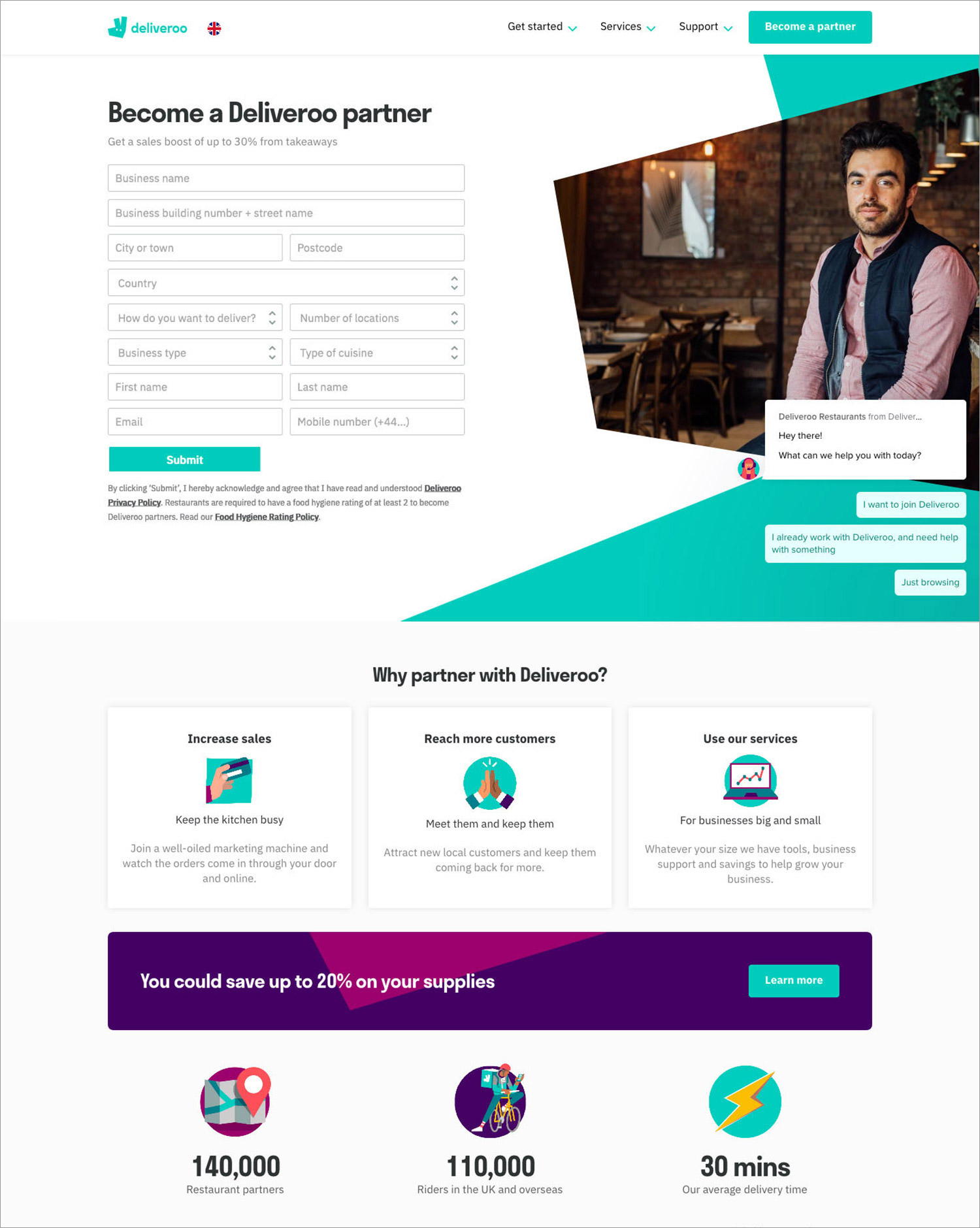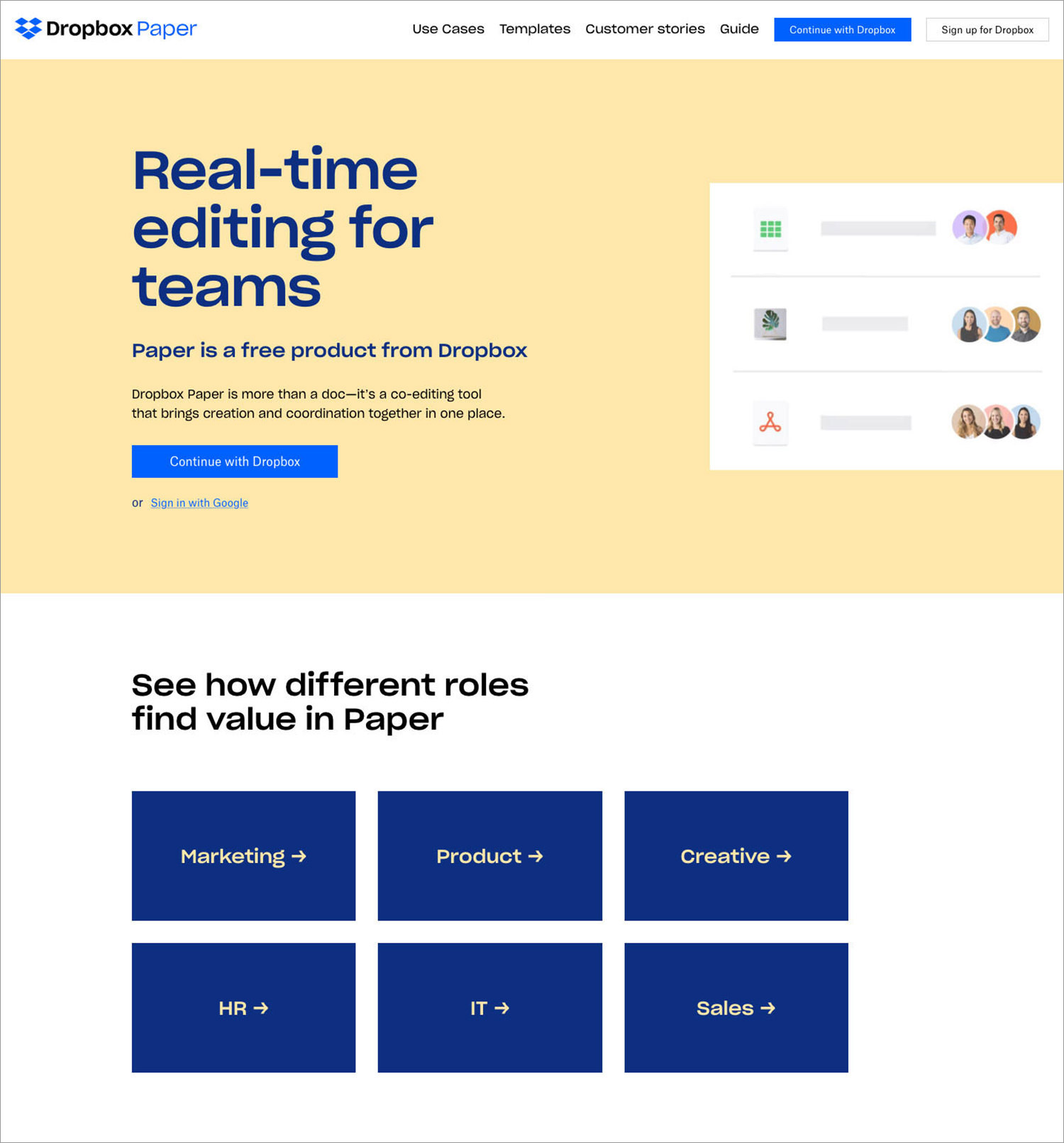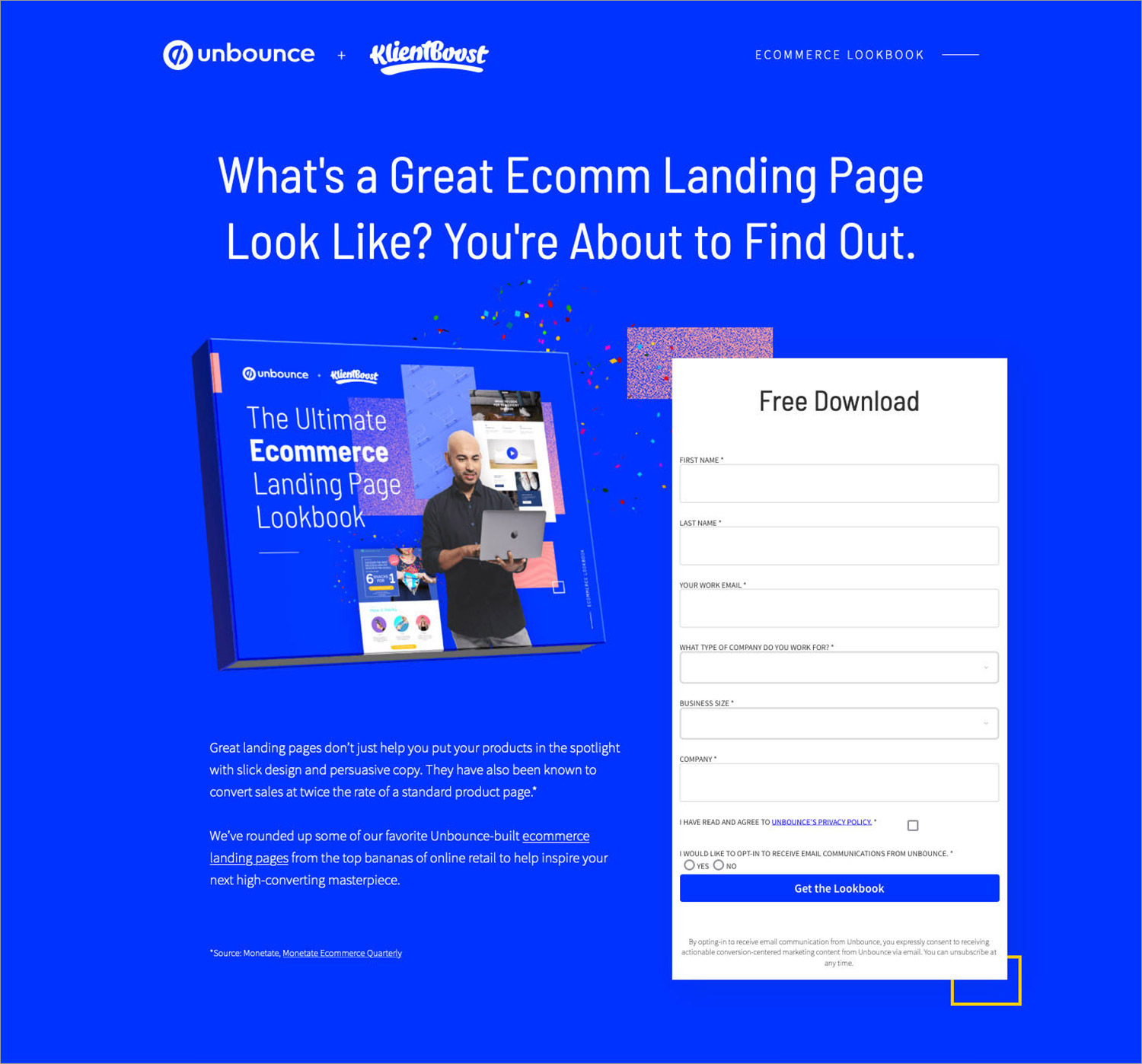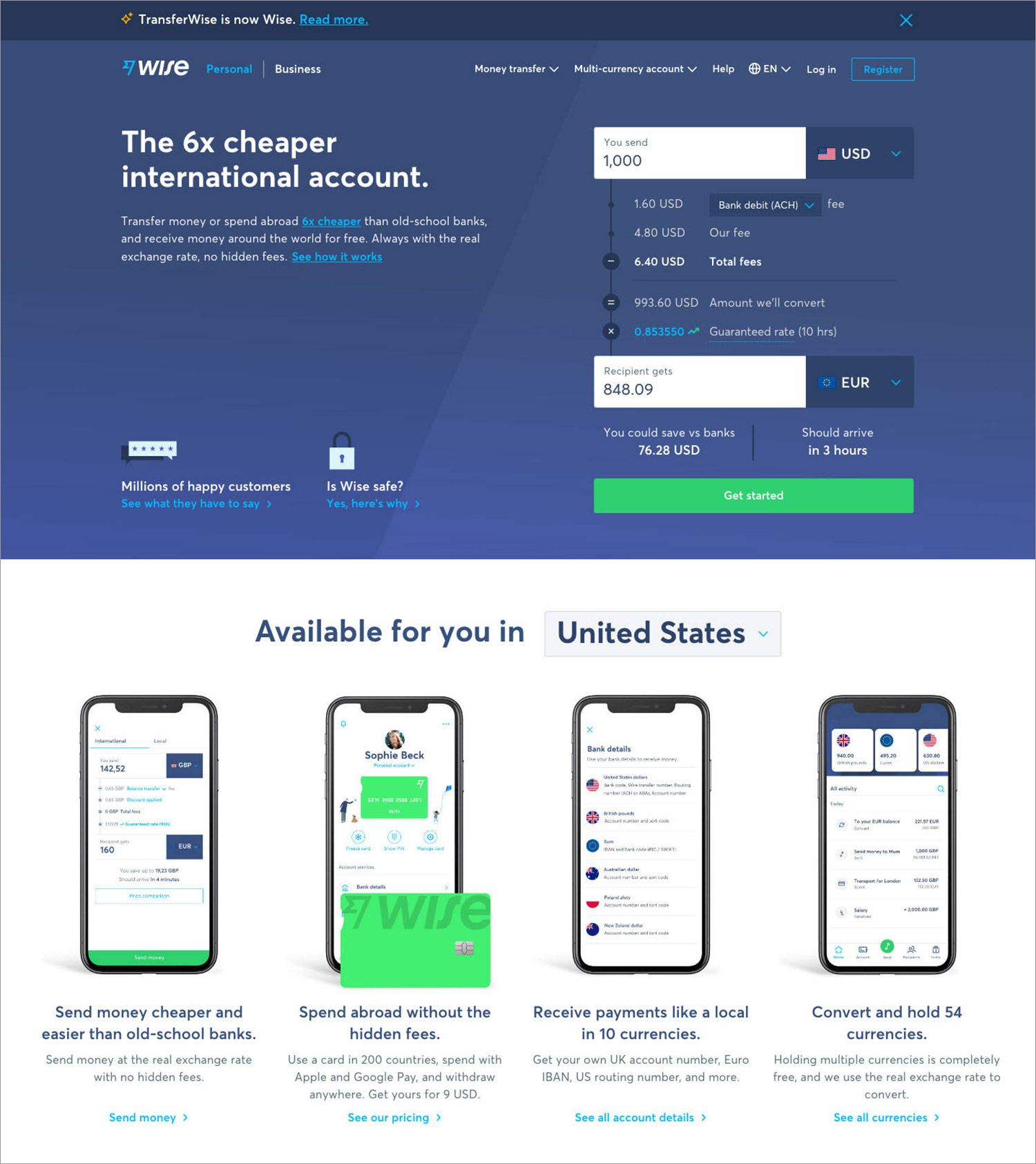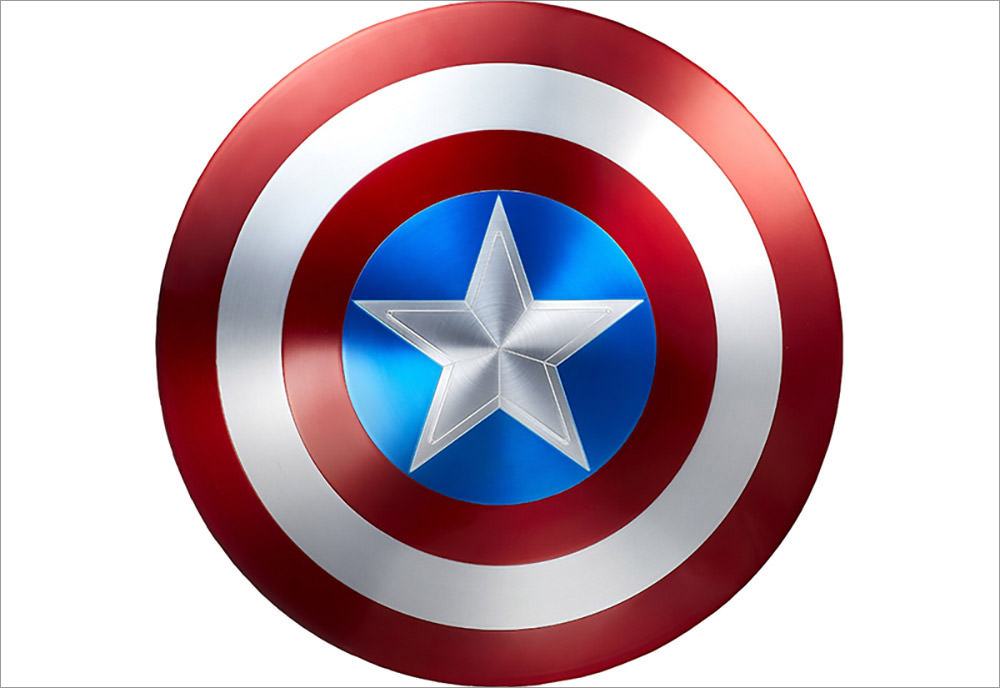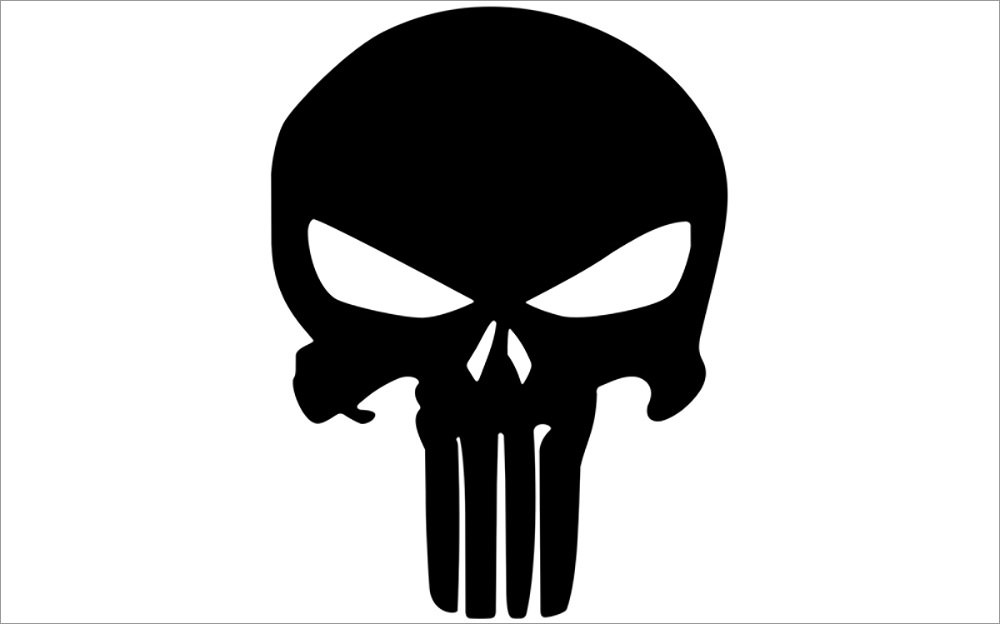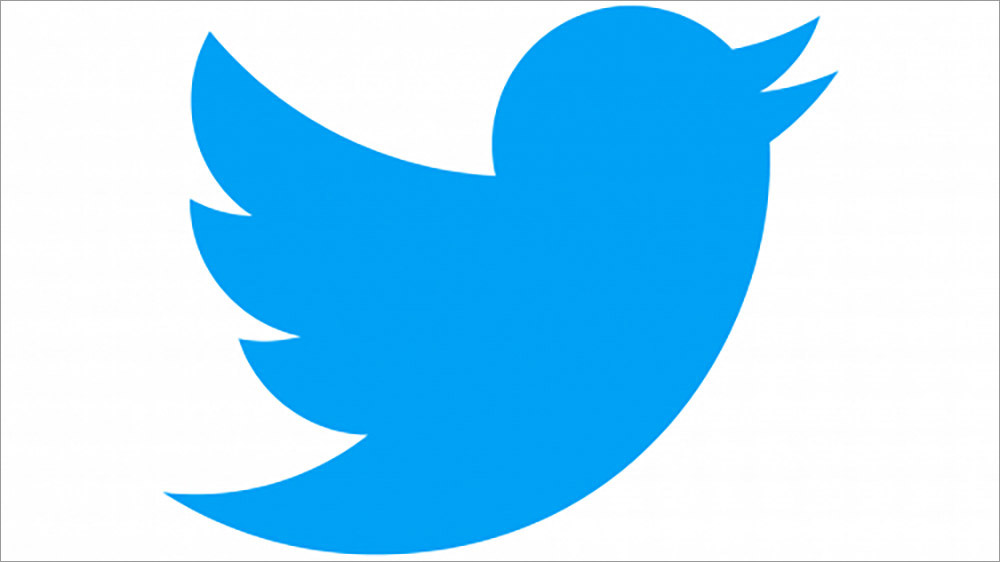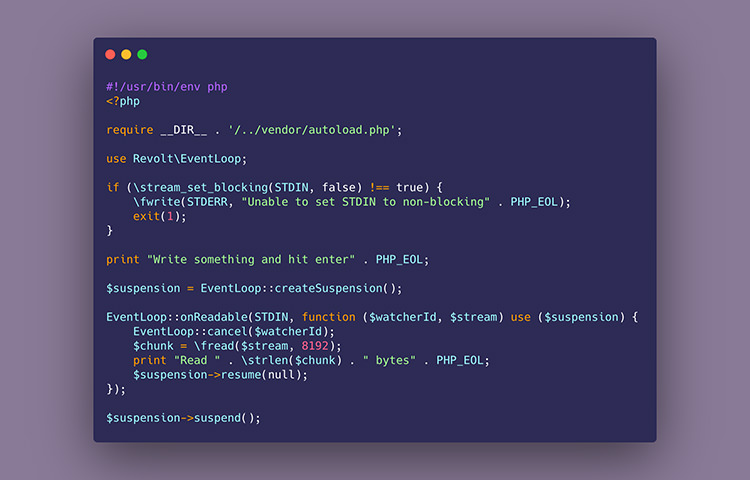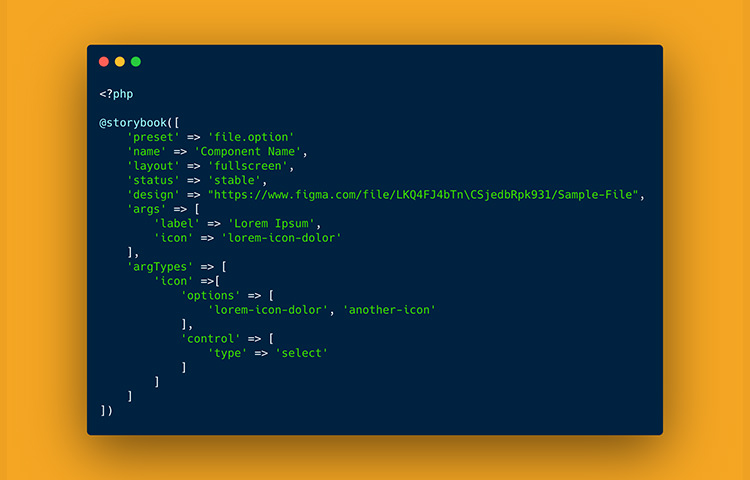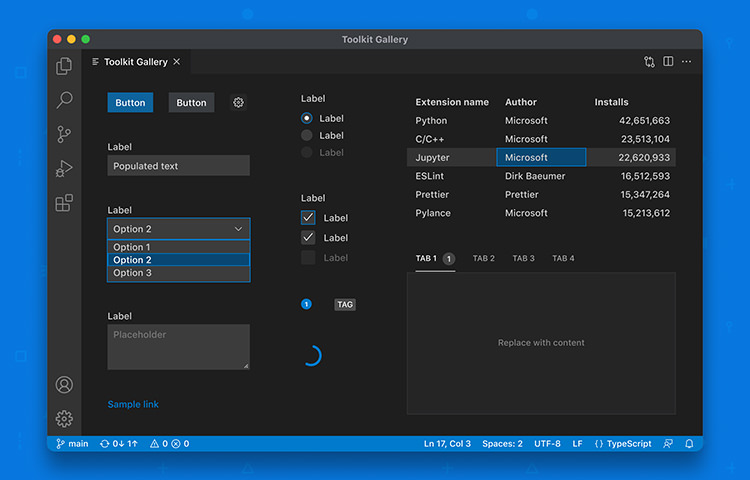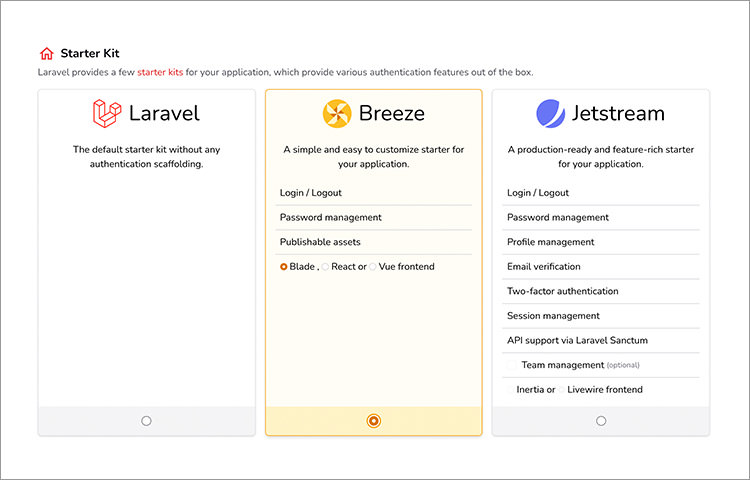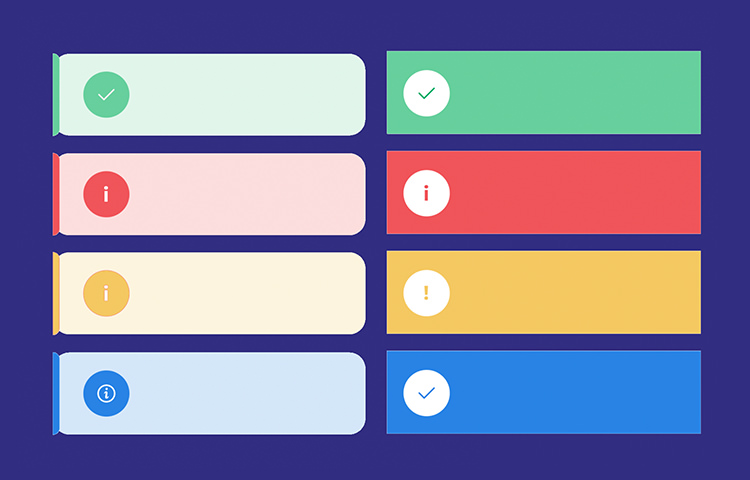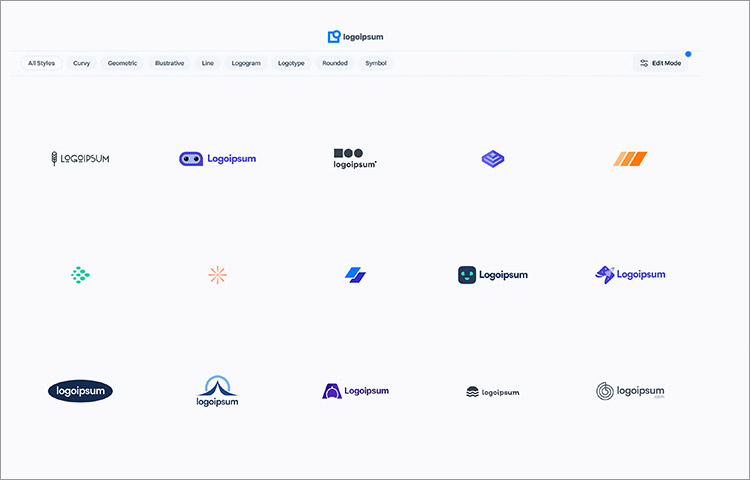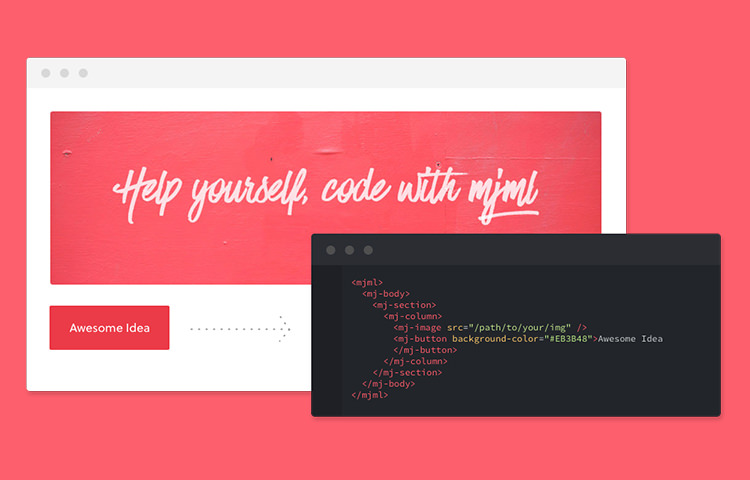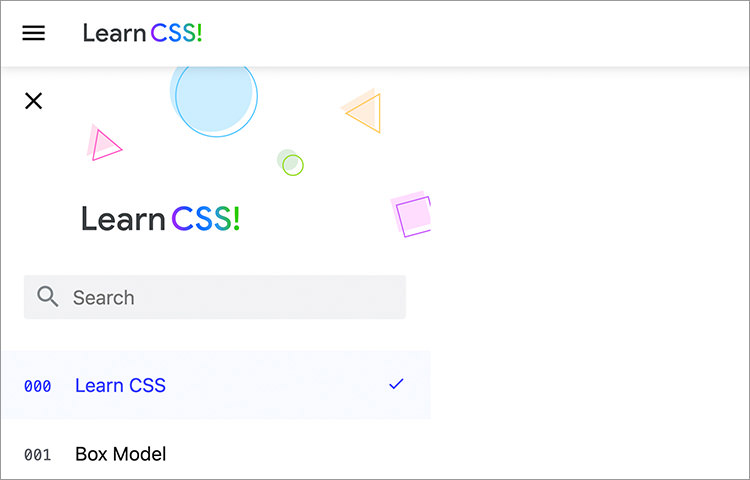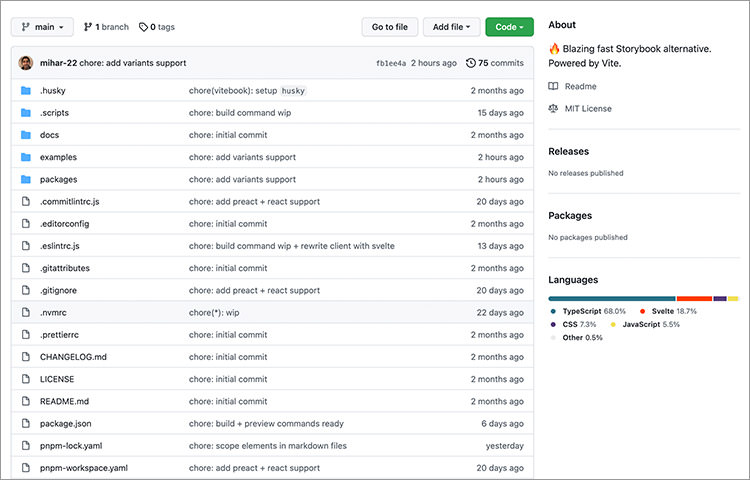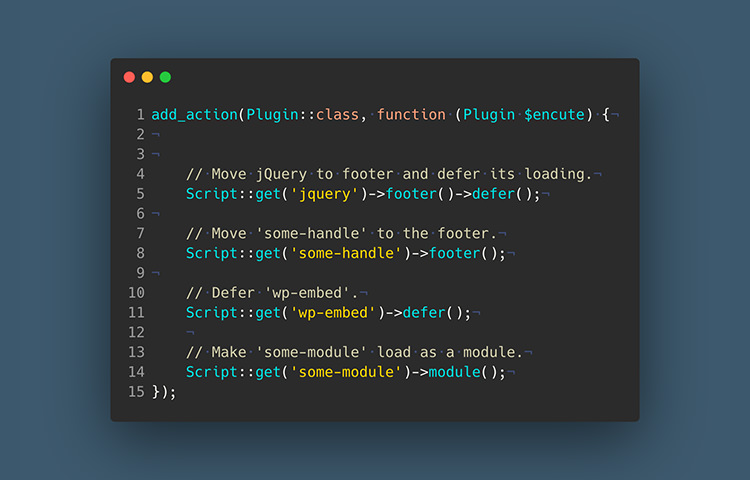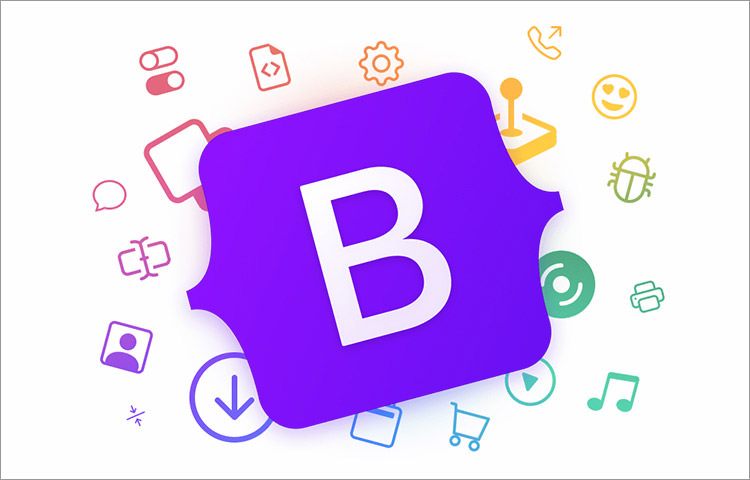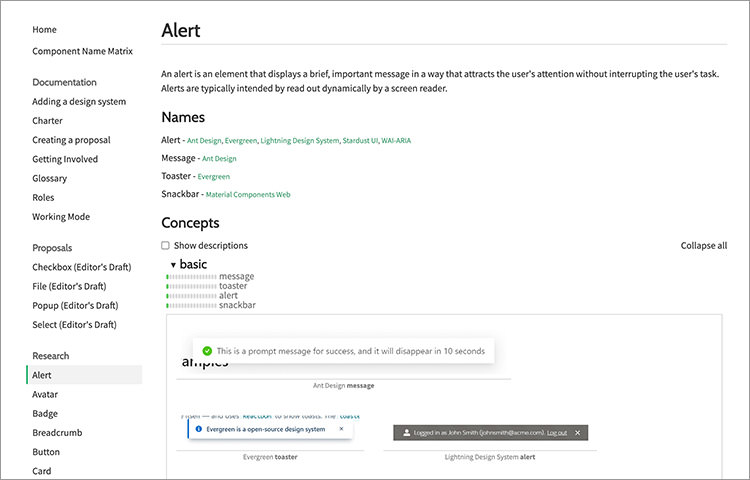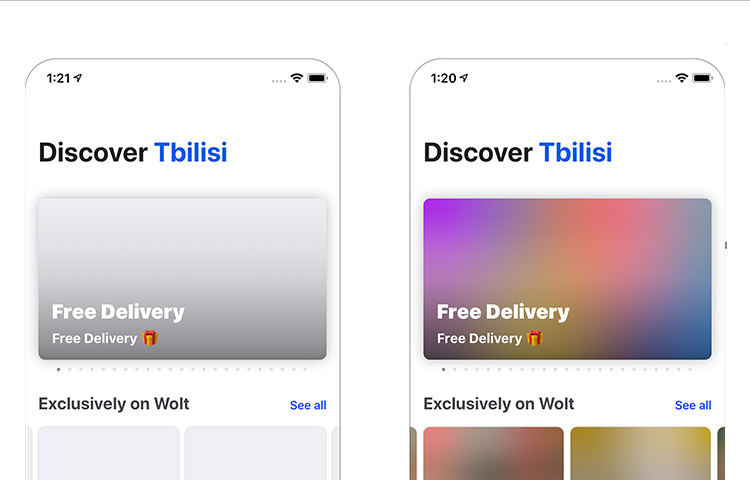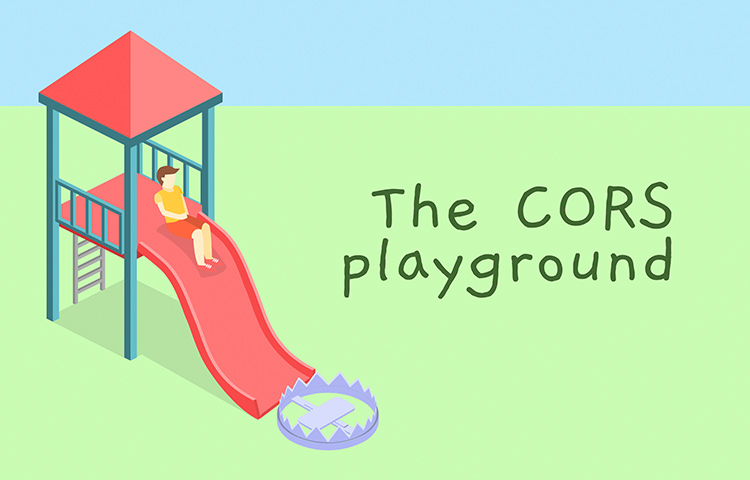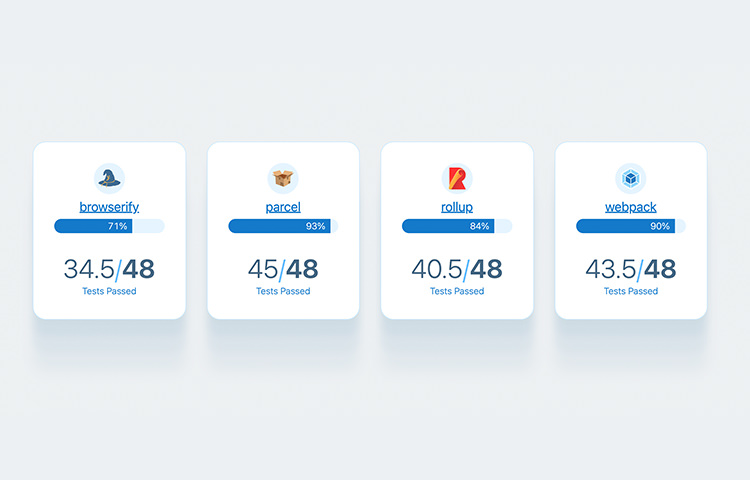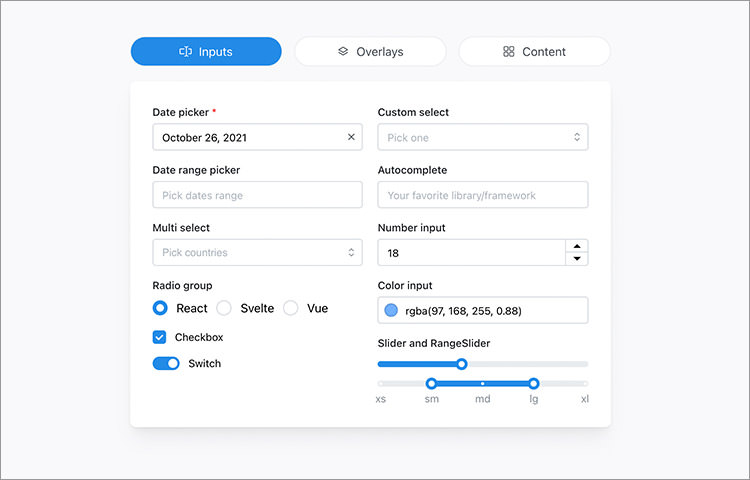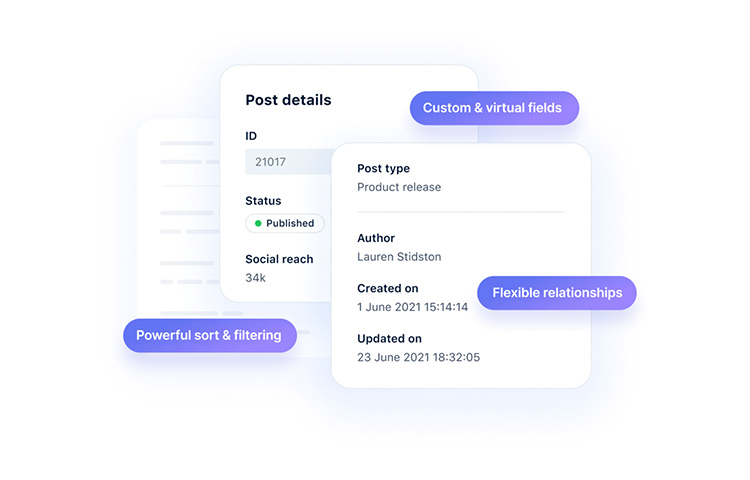(Guest writer: Manas Chowdhury)
From publishing an artist’s resignation letter on the internet, trademarking the word “zombies”, and now giving a whole new meaning to terms such as Captain, Iron, Thunderbolt, and many others — there is nothing this Studios would step back from. Yes, I am a Marvel fan, and it seems obvious.
However, its amazing graphics, storytelling, and an interesting sense of how regular superheroes can be, are not the only aspects that pull us into the Marvel Universe. In fact, it is more about how they combined it all together to connect with the audience like none of the others in the industry.
Why Proper Brand Design Is Important
Some people think that traditional branding design is becoming irrelevant in the age of social networking, new media,… Read more
Branding Formulas to Live By
Marvel Studios have not only impressed the world with their independent movies but also showed how an ongoing narrative is done in the right manner. Through this ongoing narrative, a brand like never before has taken its place in the cinema industry.
Read more: How Marvel Went to Bankruptcy to Billions
“Just because something works, doesn’t mean it can’t be improved.” — Shuri, Black Panther
Up until the year 2019, Marvel Studios had enjoyed a commercial success worth $14 billion through 21 consecutive, top-ranking movies in the course of 11 years. Starting with ‘Batman and Robin,’ the entire Marvel universe has been disrupting the industry which was presumed extinct as per some of their competitors.
Speaking of competitors, I understand that many of the cinematography enthusiasts have a question: with DC’s characters being more recognizable as compared to the Marvel characters, why does MCU (Marvel Cinematic Universe) hold 1st place commercially and in overall success? The answer is its branding approaches.
Taking (Calculated) Risks

We have come across this phenomenon a lot of times in our lives, but to understand it a bit deeper — and inaction — let us see what Marvel Cinematic Universe has to portray. Here are some calculated risks which were taken by Marvel Studios:
- Even with the ‘The Incredible Hulk’ leading MCU to the bench, the company did not change its course from highlighting Avengers.
- Some viewers may not understand — and do not — understand the Marvel universe if they step in at a random movie without knowing the backstory of characters and plots. However, that did not stop MCU from creating storylines from the very beginning.
- Attempting to bring change through a genre exploration and bringing action comedies, ‘Ant-Man’ and ‘Guardians,’ into the universe.
Having said that, Marvel Cinematic Universe made sure that these risks were not an impulse or a hunch, but a calculated path towards exploration. Take it from MCU, taking risks does not have to be a hasty decision.
Instead, a careful and well-researched risk can take the brand places you would not imagine.
Read in detail: What You Can Learn from the Marvel Cinematic Universe About Taking Risks
Being the First
Okay, be it the first one to ask a question in a class or the first one to build the Wright Flyer, it will always have its pros and cons. For instance, Apple did not act promptly on launching mp3 players, but the iPod was certainly worth the wait. On the contrary, Samsung amused us all by being the first one to launch flip phones but did not see success at its best.
Having said that, the Marvel Cinematic Universe has managed to do it all. Not only is Marvel Studios the first one to create interconnected movies, but it has managed to do it right in all manners.
Following the MCU, Warner Bros’ DC Comic Studios and Universal Pictures have also given their shot at creating a universe out of their movies and series. While DC did it effectively, Universal Pictures tried to force-feed the viewers with sequels at a lighting speed, giving them no time to get invested in a character or plot.
All in all, Marvel Studios is a brand you look up to when you want to combine promptness with effective storytelling and patience and create a brand up to similar standards.
Understanding the Importance of People
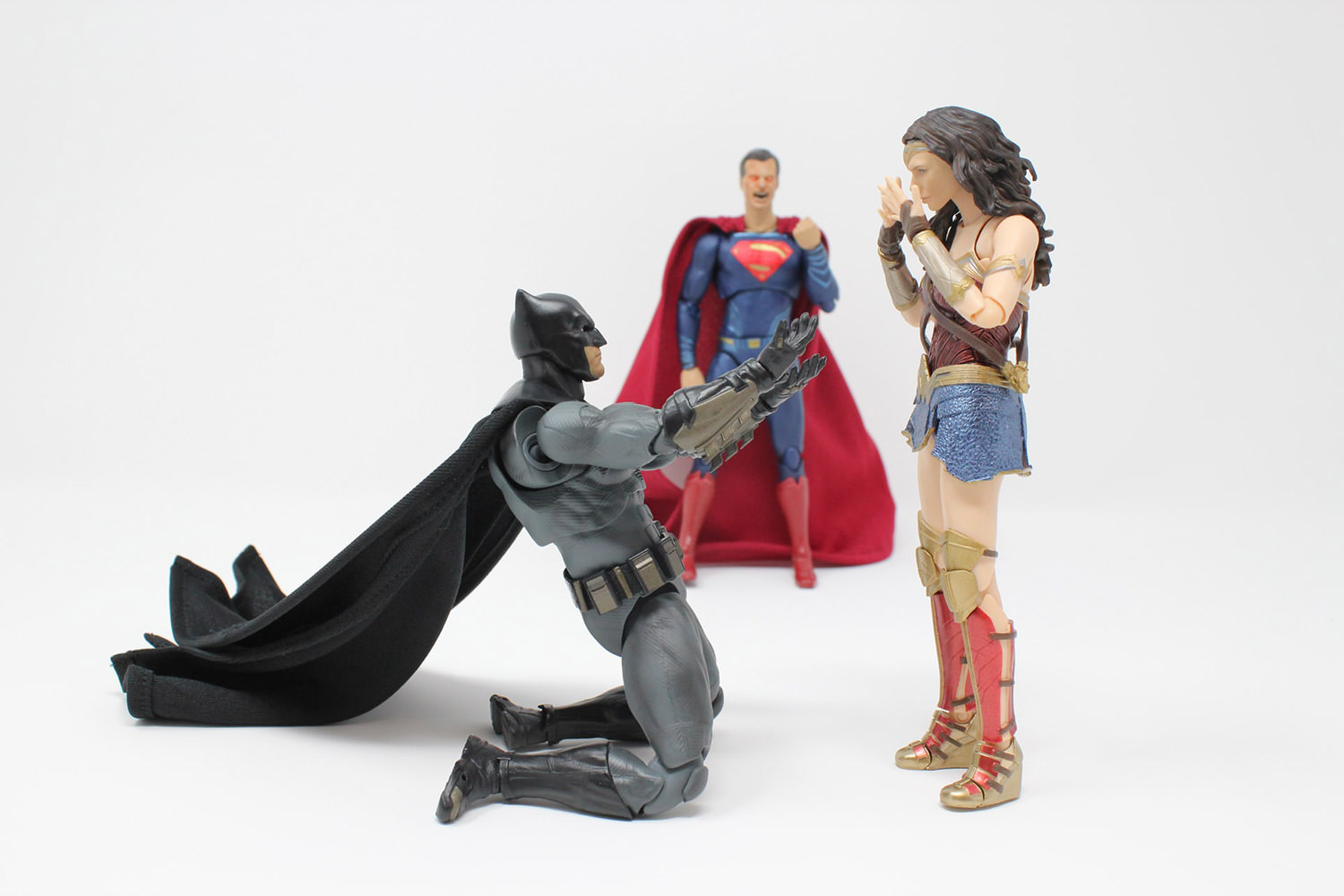
With time, entrepreneurs, hiring managers, and brand managers understand that products, increasing sales, and customers are not all the ingredients when it comes to brand fruition. However, you can be a brand that understands the importance of people but undervalues them all the same.
If we zoom in on the Marvel Cinematic Universe, we will notice that their key is not to simply hire talented people, but also to keep them and enrich their talent for the greater good of everyone: the people as well as the brand.
The universe did not only lock in some on-screen actors but also does the same with the off-screen people involved in the entertainment industry. On the other hand, Warner Brothers face struggles in engaging the viewers with the same artist for more than 3-4 years.
I understand, to this approach, many hiring managers might come across a concern that this can lead to missing out on fresh talent and create a monotonous environment, especially in the entertainment industry. However, the Marvel Cinematic Universe has successfully proven that it is not true.
You can work with the same employees and achieve growth at the same or higher rate without having to go through the hiring trouble every 2 years. All you have to do is align your teams’ goals with your brand and ensure that it benefits every member of the company.
Working on Brand Consistency
Beating its competitors at Brand Linkage score, Marvel Cinematic Universe indicates more consistency than any other brand. For instance, even with a better character arc(s), DC’s inconsistent character connections led to a decrease in audience engagement.
The company takes brand consistency under its to-do lists and has not removed it for more than 10 years; including promotions, designs, characters, and trailers.
Related: Marvel Brand Identity Spotlight — Step by Step Design process
I would like to highlight that you need not be a well-established brand such as Marvel Studios to give attention to consistency. Even as a budding brand or startup — especially as a budding brand or startup — you need to make sure that your brand is memorable and recognizable, which cannot be achieved without being consistent with your marketing, product packaging, designs, and other aspects of branding.
Becoming a Brand Like Marvel
Firstly, no, it will not be easy; but no, it is neither impossible. The key is to understand that with the world having access to almost everything through the internet — what your brand does, what it stands for, who works for it, what others have to say about it — every tiny detail matters.
Read also: 5 Steps to Building a Strong Brand Identity When the Game is Constantly Changing
Even with Marvel Studios, if something as impactful as backstory needs attention, so do the silly jokes and callbacks of the same jokes. In fact, this is what helped MCU build a web of characters that is interesting and relatable, all while being a superhero. For instance, Captain America was an orphan, insecure kid who had an urge to prove himself.
Similarly, Black Panther turned out to become an orphan in adulthood, overcoming his demons to become a better man. Both these leaders are adored because the audience sees themselves in those capes.
Similarly, your brand needs to be relatable, inspiring, and consistent to reach its fullest potential. You may not have superheroes doing it for you, but being authentic, transparent, approachable, motivated, and innovative are some powers you and your brand will always have, and fly using the same to reach the peak.
(This guest post is written by Manas Chowdhury for Hongkiat.com. Manas is a Digital marketing enthusiast with a PG in Economics and a specialization in Finance. He is an entrepreneur who has a keen interest in stocks, bullions, gaming, and blockchain technology. While he runs his own startup, he also enjoys writing on a variety of topics and being a philanthropist; he is also involved in various activities contributing to the betterment of the environment and society. You can connect with Manas on LinkedIn.)
(Image Credit: Unsplash)
The post Brand Identity Lessons You Can Learn from Marvel Studios appeared first on Hongkiat.
Did you miss our previous article…
https://www.1clanek.info/?p=483

